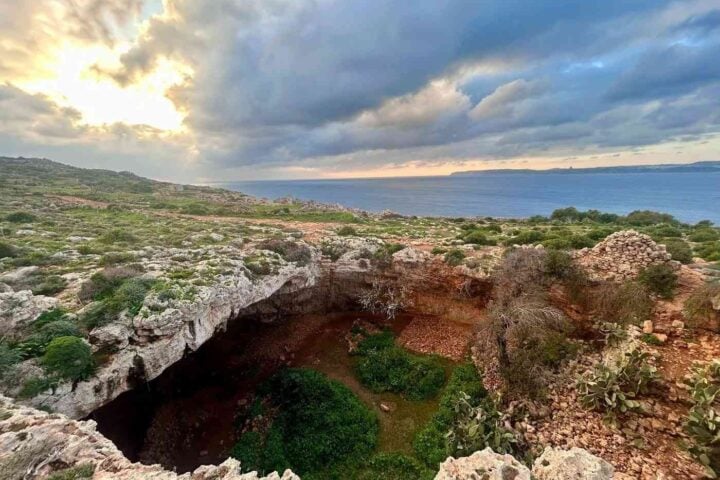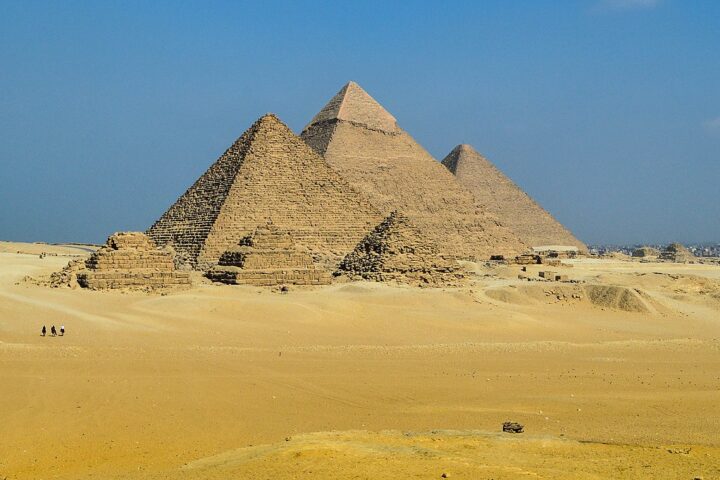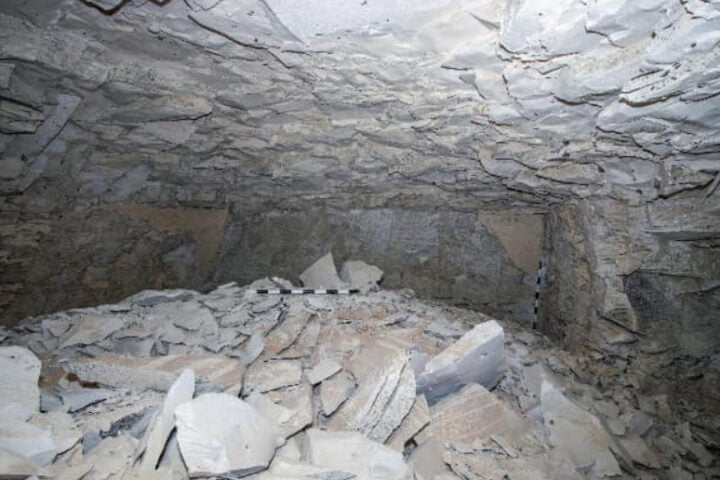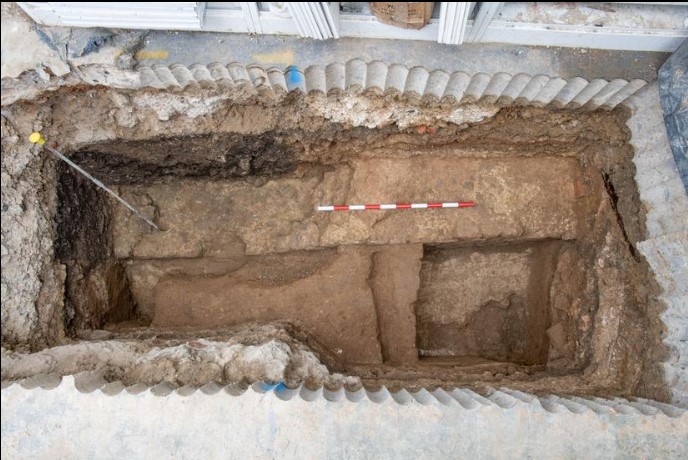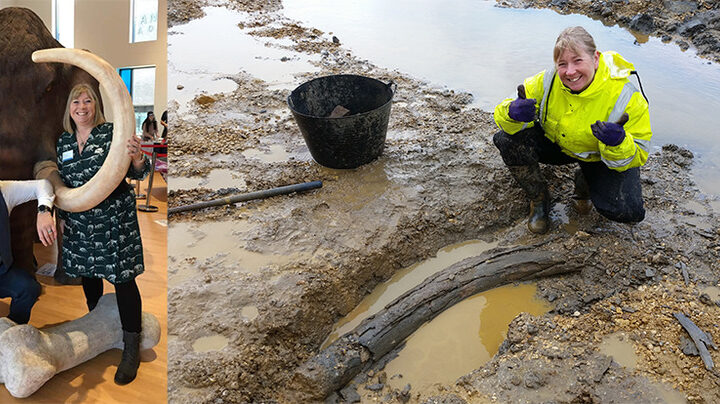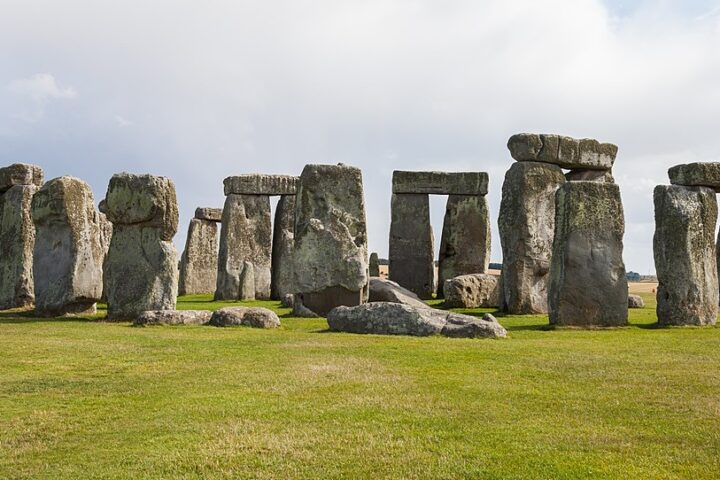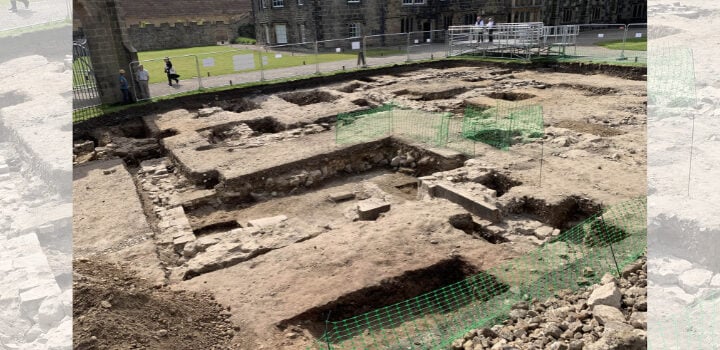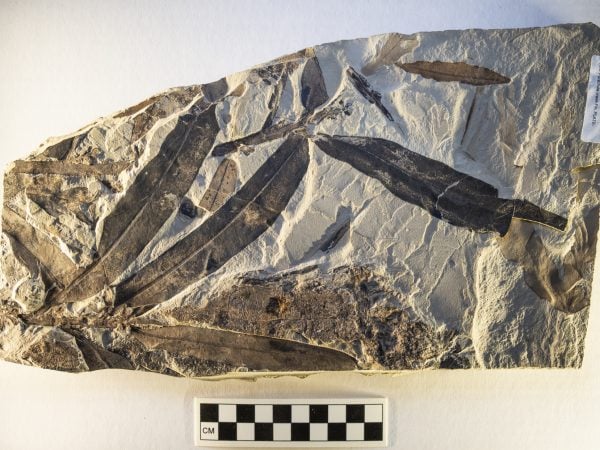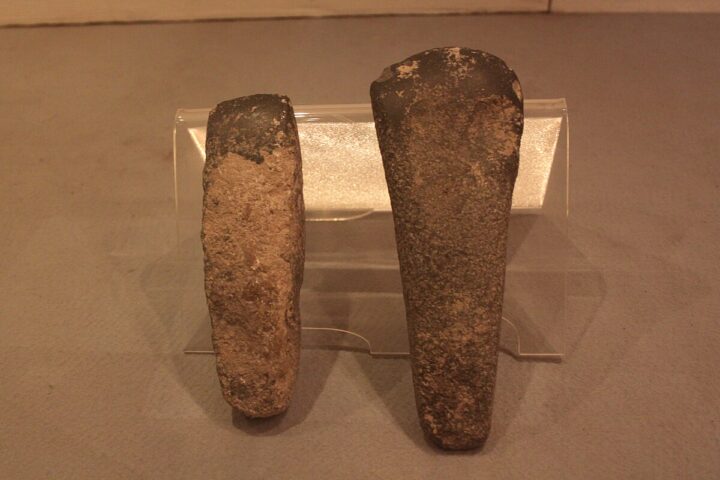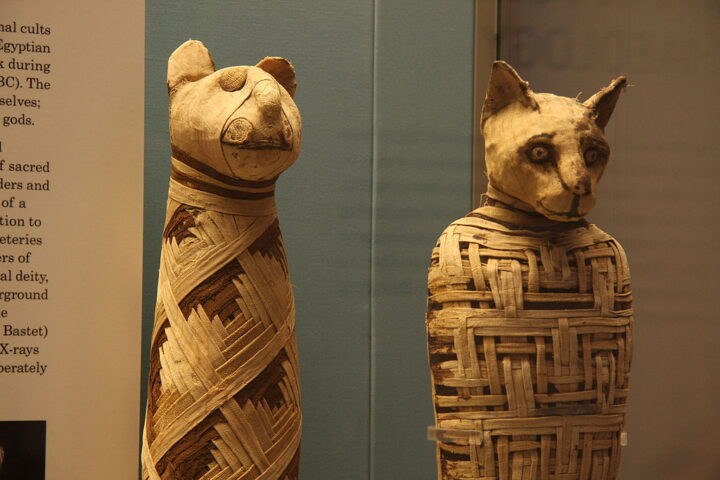Hidden beneath the lush landscape of the Indonesian island of Java lies a mysterious megalithic site known as Gunung Padang. It is revered as the largest megalithic site in Southeast Asia. However, recently, it has captured the attention of scientists, igniting a spirited debate about its age and origins. Could this enigmatic hill actually house the world’s oldest pyramid? Let’s delve into the intriguing details that surround Gunung Padang.
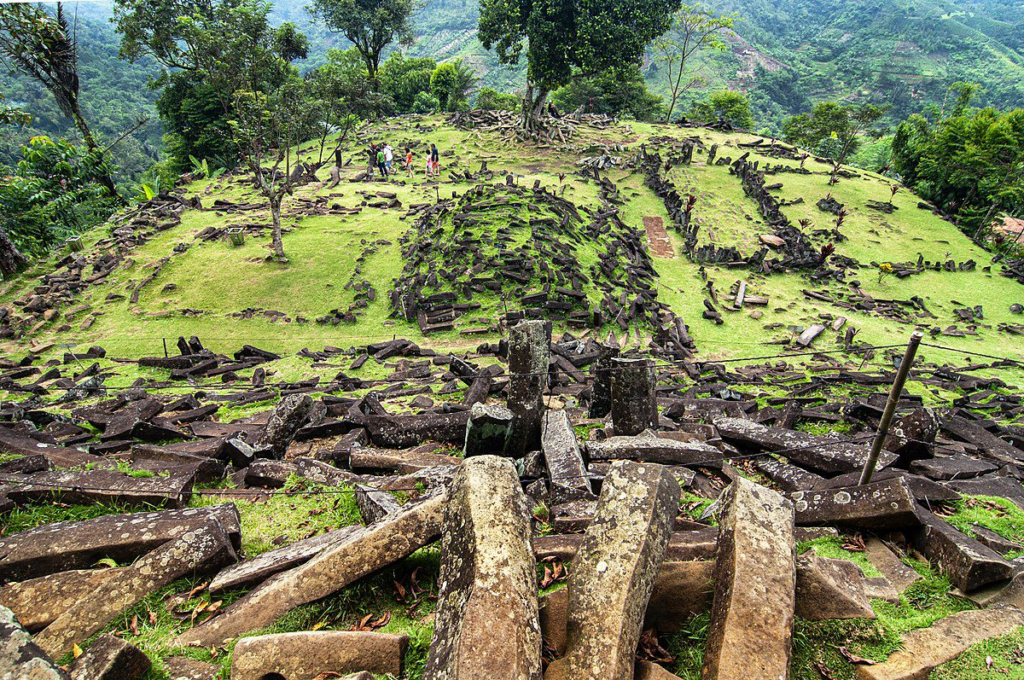
A Glimpse into the Past: Unearthing Ancient Layers
Initially discovered by Dutch settlers in 1914, Gunung Padang was thought to be approximately 2,500 years old. However, research conducted by Indonesian geologist Danny Hilman Natawidjaja and his team has unveiled astonishing revelations that suggest a much older timeline. Since 2010, Natawidjaja and his team have employed an array of scientific methods, including ground penetration radar (GPR), seismic tomography, and archaeological excavations, to unravel the site’s hidden secrets.
Layers of History: From 3,000 to 28,000 Years Ago
The results of their extensive investigations have revealed that Gunung Padang consists of layers of ancient structures, stretching back over 10,000 years. The visible top layer is estimated to be around 3,000 to 3,500 years old. Just beneath it, a second layer emerges, consisting of rock columns dating back approximately 8,000 years. Delving even deeper, the third layer has astonished researchers, suggesting an age surpassing 9,000 years and potentially reaching an astounding 28,000 years. The lowest layer presents a unique feature—a basalt rock structure believed to be crafted by human hands, resembling a “lava tongue.”
The Unconventional Pyramid: A Structure of Intrigue
Although Gunung Padang does not conform to the symmetrical appearance typically associated with pyramids, it presents an elongated form with a half-circle at the front. This unconventional structure, built into the hill rather than standing independently, has posed a challenge in defining it as a true pyramid. Nevertheless, its distinctiveness fuels the debate surrounding Gunung Padang’s classification as the world’s oldest pyramid.
Similar Post
The Age Debate: Challenging Conventional Wisdom
The claim that Gunung Padang could potentially be the oldest pyramid in the world has triggered both fascination and skepticism. Critics argue that the dating methods employed by Natawidjaja and his team, such as carbon dating and geological techniques, may not provide accurate results for determining its age. Furthermore, the site’s terraced and hill-embedded construction deviates from the conventional pyramid structure seen elsewhere. This has led some experts to cite the Pyramid of Djoser in Egypt, estimated to be approximately 4,692 years old, as the oldest pyramid in the world.
Redefining Human History: Unveiling a Forgotten Civilization?
The existence of an ancient civilization predating the Sumerians, the Indus Valley Civilization, or the ancient Egyptians challenges our understanding of human history. Gunung Padang’s potential as a gateway to a lost civilization, shrouded in mystery and waiting to be unveiled, opens the door to a reevaluation of our past. The ongoing excavations and scientific investigations at this Indonesian site may hold the key to rewriting history as we know it.
Revelations or Controversy: Exploring the Perspectives
While the scientific community engages in heated debates surrounding the authenticity and age of Gunung Padang, the site remains a captivating enigma. Its rich layers of ancient structures, coupled with the fervent beliefs of the local Sundanese people, make Gunung Padang a sacred and revered place. Whether it proves to be the world’s oldest pyramid or not, the importance of this site lies in its potential to reshape our understanding of early human civilization and offer insights into an ancient world that may have long been lost to time.



